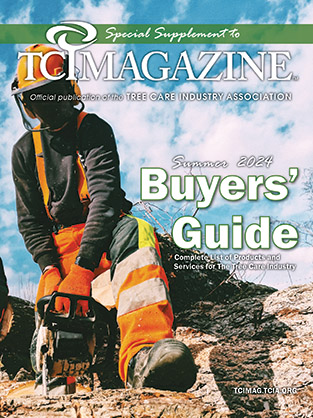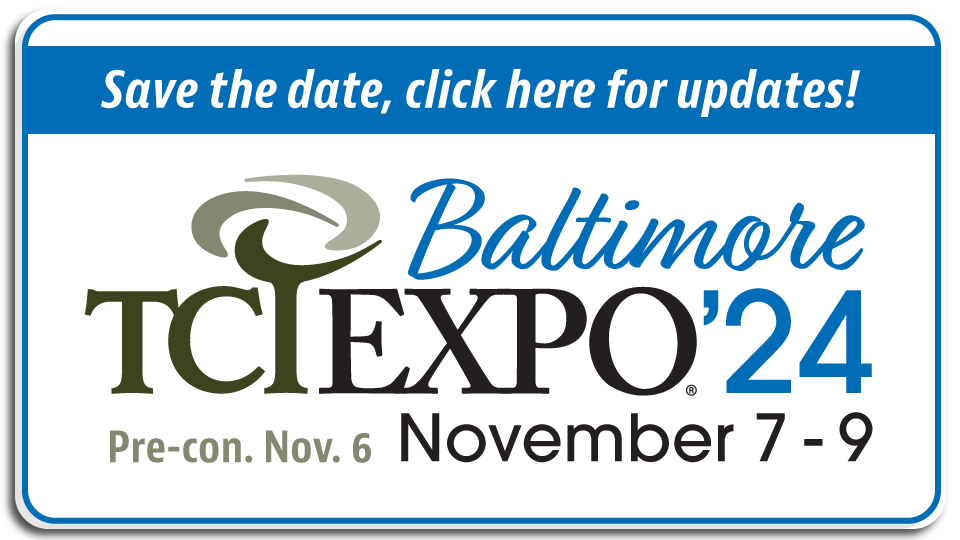Estimating Simplified
Estimating tree work can be a very difficult task. But it doesn’t have to be. Let’s look at a few tricks to streamline the process while still making sure to cover your costs and earn a profit.
It is the estimator’s job to show up on time and build rapport with the prospective customer. The estimator then determines the customer’s expectations and assesses the work needed. They write an appropriate specification for the work and make concise notes for the crew regarding equipment and staff needed.
Next, it is time for the most critical step of all; establish the correct price for the work. If the price is too high, the customer will not be as likely to confirm the work. If the price is too low, the company doesn’t make a profit and wastes valuable resources.
Simplify your method
I have spoken with dozens of business owners and estimators about their estimating systems. Different companies use a variety of methods. Some methods are complex and require a lot of time, along with pages of contractual details. Many estimates include itemized charges in addition to the tree work. These can include fuel upcharges, disposal fees, estimator-consultation fees, yard-protection fees, permit fees, etc. Others are painfully short on detail. For example, some companies write a number on the back of a business card. They hope the customer’s expectations match what they are offering.
I like to think there is a simplified way to deal with pricing tree work. This is somewhere in between the two extremes listed in the previous paragraph. I have found that our customers are confused or turned off by numerous additional charges and fees on their estimate. In our company, we have built a system that keeps the bidding process concise. This includes a structure that is very easy for the estimator, customer and crew to understand. The foundation of our pricing comes from a thorough assessment of our company’s expenses.
Pay attention to your expenses
We can look at our profit-and-loss reports and know exactly how much money we spend every month to keep the business operating. When we lump all of our expenses together – including staff and estimator’s salaries, fuel, disposal fees, insurance, marketing, etc. – we determine what we need to charge per crew-member hour, and per equipment hour. This eliminates the need to nickel and dime the prospective client with multiple itemized fees.
Cover your estimator’s salary
While I understand that the estimator’s time is valuable, we do not add an itemized charge for the estimate. Every bid includes the estimator’s salary and expenses. We know that even if only 50% of the jobs confirm, the estimator’s wages are paid by the income from those jobs.
Some site visits are strictly consultations. This means we are there specifically to provide information with no opportunity to sell work. We then charge accordingly for our time.
Many companies use an estimate charge to qualify their clients and to get rid of a lot of the “tire-kickers” who are getting as many estimates as possible and accepting the lowest bid. But a lot of price shoppers can be weeded out by a thorough estimating process during the initial customer contact.
Estimate your hourly rate
So, how do we arrive at our hourly rates for the crew? In our system, we simply take our total expenses for a period of time. This is usually either a quarter or six-month period. We add the percentage of profit we hope to make. We then divide that number by the total number of crew-member hours worked in that period.
For example, if the total company expenses were $500,000 over a six-month period, and you are shooting for a 20% net profit, then the goal income would be $600,000. If you divide that by the number of crew-member hours in that same time period (let’s say it was 5,000 total crew-member hours), then you arrive at your hourly rate of $120 per crew-member hour.
Include your equipment expenses
The second part is to figure out what you want to charge for the equipment used per job site. As you add equipment to a job site, it increases efficiency, but also expense. To keep from giving away your valuable equipment time on site, apply an hourly rate per piece of equipment. This accounts for the extra expense. For example, you might estimate $50/hour each for the chip truck/chipper, bucket or lift, skid steer/transport vehicle or wood truck. You might add $100/hour or more for a large grapple truck or a crane. This is based on what the equipment costs to maintain and operate.
Create a simple formula
Now that we have a per-person rate and an equipment rate, the estimator can make a simple formula to use. In the example given above, if the estimator looks at a job that will take four hours, requires four crew members and needs a chip truck/chipper, mini skid steer and a bucket truck, he or she will know they need to charge $630 per hour, or $2,520 for the job (16 crew-member hours at $120/hour, and 12 equipment hours at $50/hour). The company will gain a healthy profit if the crew completes the job within the estimated time.
This example is done in nice round numbers for ease of explanation, so please don’t use these fake numbers! Every company is different, so for this simplified bidding strategy to work, you’ll need to know your actual numbers. This includes your expenses, crew hours and target profit margin. This is the profit margin that allows you to stay competitive in your market. Sometimes you’ll need to adjust your pricing chart to correspond with changes in your backlog or expenses.
Noel Boyer, Board Certified Master Arborist (BCMA) and Certified Treecare Safety Professional (CTSP), is owner of All About Trees, LLC, a 12-year TCIA member company based in Springfield, Missouri. He also is incoming senior director of TCIA’s Board of Directors and a member of TCI Magazine’s Editorial Advisory Committee.




